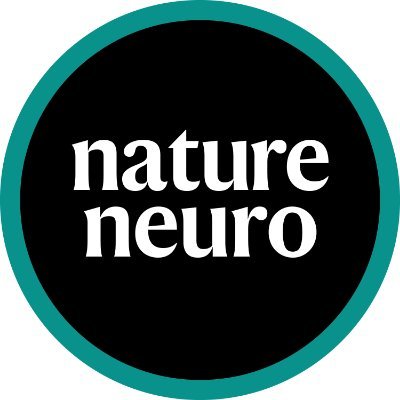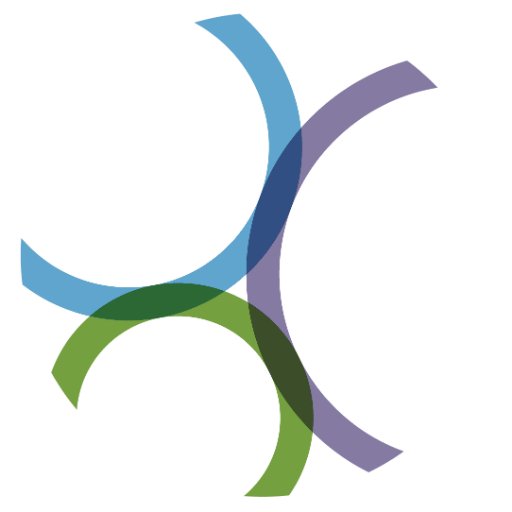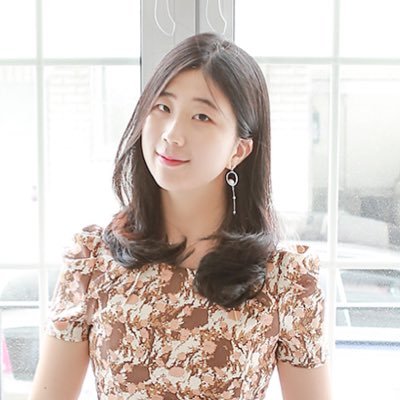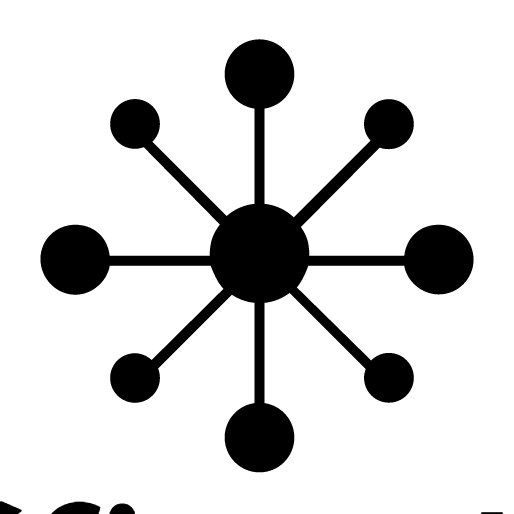
Mora Ogando
@MoraOgando1
Followers
244
Following
927
Media
11
Statuses
149
Argentinian Postdoc at Hillel Adesnik's lab in UC Berkeley 🏳️🌈
Joined May 2019
Thrilled to share our new Adesnik lab paper! Using holography in excitatory & inhibitory neurons, we reveal how a single cortical circuit can both complete and cancel predictable sensory activity, sharpening representations 📄 https://t.co/x2wZ6hL86O 🧵
biorxiv.org
To interpret complex sensory scenes, animals exploit statistical regularities to infer missing features and suppress redundant or ambiguous information. Cortical microcircuits might contribute to...
3
11
34
A pair of papers on using holographic optogenetics and compressed sensing for connectomics Rapid learning of neural circuitry from holographic ensemble stimulation enabled by model-based compressed sensing https://t.co/amA4i1BoGV
nature.com
Nature Neuroscience - The authors develop a new computational system for high-throughput mapping of synaptic connectivity using two-photon holographic optogenetics and intracellular recordings.
3
31
97
As an Argentinian neuroscientist, I wanted to show people back home what it means to write neural activity directly into the brain using lasers. So naturally, I chose the one word guaranteed to spark joy across the country: #Messi 🇦🇷 See our fantastic study led by @shinehyeyoung
Thank you @fox13seattle for sharing a recent #OpenScope study on the science of illusions! @shinehyeyoung shared with @mireya_g how this research helps the world better understand how schizophrenia and other mental conditions work.
0
4
21
What a joy to see this one OUT! Had an incredible time recreating illusory representations in cortex with holography, alongside the brilliant Prof. Shin. Also, BRAVO to this inspiring collaborative synergy with the OpenScope team!
We believe what we see, but we also see what we believe. This is why we see illusions - our prior knowledge of the sensory world tricks us into seeing things that aren't there. How does this happen in the brain? In this study... https://t.co/gx6aLyfZzk
0
0
3
✨ Applying for fellowships? Check out 40+ successful sample applications from: NSF-GRFP, PD Soros, HHMI Gilliam, Ford, NIH F31 …and more! Get inspired and strengthen your own application by learning from winners in your field. 🔗 https://t.co/QCc1AkZoDc
1
17
41
@LuRodForster @DanFeldmanPhD @amarinburgin @Kaeli_Vandemark Also, huge thanks to Ho Yin Chau, @APalmigiano and Ken Miller for the many MANY discussions over this complex data and the possible circuit computations! It's been a huge learning opportunity 💙
0
0
2
Also big thanks to @LuRodForster (x100), @DanFeldmanPhD @amarinburgin and @Kaeli_Vandemark for their super valuable feedback on the manuscript.
1
0
3
Huge thanks to all the authors!!, especially @LamiaeAdm who designed and built this ultra powerful all-optical system, and to the great Adesnik Team!!
2
1
3
We think feature-specific recurrent inhibition may be a general cortical strategy to minimize redundancy, suppress ambiguity, and sharpen internal models of the world. Read the full story: [ https://t.co/x2wZ6hLFWm]
biorxiv.org
To interpret complex sensory scenes, animals exploit statistical regularities to infer missing features and suppress redundant or ambiguous information. Cortical microcircuits might contribute to...
1
0
2
Our results: 🔘Identify a feature-specific PC→SST→PC motif 🔘Show how it can switch from completion to cancellation (unifying previous findings) 🔘Demonstrate how feature-tuned recurrent inhibition sharpens cortical codes
1
0
2
So WHY is the brain wired with a like-to-like inhibitory loop? Stimulating co-tuned SSTs while showing their preferred visual input: -Reduces evidence for flanking orientations (consistent with explaining away) -Preserves evidence for correct orientation -Boosts discriminability
1
0
2
In fact, directly activating co-tuned SST ensembles alone is sufficient to remove input-matching representations in the absence of visual input.
1
0
2
Feature completion can be explained by the well-known like-to-like PC-PC connectivity in V1, but where does the feature-specific suppression come from? -PCs recruit co-tuned SSTs (but not PVs) -SSTs, in turn, suppress co-tuned PCs → a “like-to-like-to-like” inhibitory loop
1
0
2
Same microcircuit, opposite computations, depending on input sparsity. This partially reconciles previous contradictory findings using similar tools. But how does this happen?
1
0
2
Using all-optical physiology in awake mice we photostimulated orientation-tuned PC ensembles in V1 in the absence of visual input, and we found: Small PC ensembles → dominant feature suppression Large PC ensembles → dominant feature completion
1
0
3
This means that both excitatory AND inhibitory connections in the cortex are highly structured: They store information (statistical regularities → “an internal model”) that can be used during sensory processing.
1
0
3
We show that this dual capacity is present in the same circuit with two components: (1) Like-to-like connections between PCs (for pattern completion) (2) A newly discovered circuit motif: Reciprocal like-to-like connections between PCs and SSTs (for pattern cancelation)
1
0
3
Brain circuits can use learned statistical regularities to enable completion or cancelation of predictable signals, but how?
1
0
3
Check out this new paper from the amazing prof. Shin! On the tradeoffs between robustness and efficiency of sensory representations. Congrats!
How does neural variability affect coding efficiency and robustness? We found that while the intrinsic neural variability structure is suboptimal for coding efficiency, it is, in fact, optimal for robustness! https://t.co/LcFaeWgMOl
0
0
4
NADIE se salva solo. Están destrozando a la ciencia, la universidad, la salud, la cultura… nos movilizamos el 28 de mayo a las 13 hs al polo científico. Muy fuerte esta intervención en la UNQ, musicalizada como la escena de la Iglesia en el Eternauta.
0
377
841






